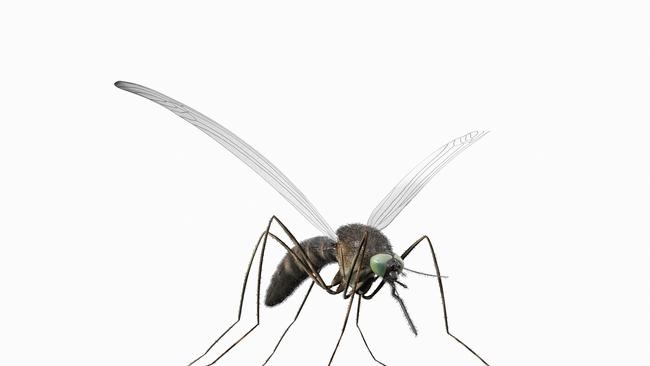Ross River cases surge across region
Recent rain has seen a spike in Ross River virus cases prompting reminder to cover up from mosquitoes

Gladstone
Don't miss out on the headlines from Gladstone. Followed categories will be added to My News.
RECENT rain has sparked a spike in Ross River virus cases across the region with two cases a day since March prompting a reminder to cover up.
Ross River fever is spread by infected mosquitoes, which get the virus after biting bats. The virus is now in its peak annual period in Central Queensland.
Last week, the Central Queensland Hospital and Health Service confirmed that, up until May 10, 110 cases of the virus had been detected, a surge of 84 cases in 40 days.
This exceeds the previous year to date average for the region of 99 cases.
Last month CQHHS said there had only been 26 lab confirmed cases of Ross River virus, which was well below the yearly average of 70.
The virus causes inflammation and pain in joints. Symptoms include fever, joint pain and swelling, which may be followed in one to 10 days by a raised red rash affecting mainly the torso and limbs.
Queensland Health advised there was no specific treatment for the virus, only management of joint and muscle pain and swelling.
CQHHS manager environmental health services, Paul Florian said the way to avoid the virus was to not get bitten.
"Use insect repellents on exposed skin and wear protective, light-coloured long-sleeved clothing, especially during peak periods around dawn and dusk," he said.
"Residents can help stop mosquitoes breeding by emptying all water-holding containers such as buckets, old tyres, tarpaulins, pot plant bases, boats, old cans and plastic containers, rainwater tanks with damaged screens, bird baths, drain sumps and fallen palm fronds."
Gladstone Regional Council has a comprehensive annual mosquito eradication plan using several methods.
The first measure undertaken is larvicide, where water borne mosquito larvae in known breeding areas are treated. If the problem continues and is a public health risk, council will use residual or barrier treatment then fogging, if adult numbers remain high.


